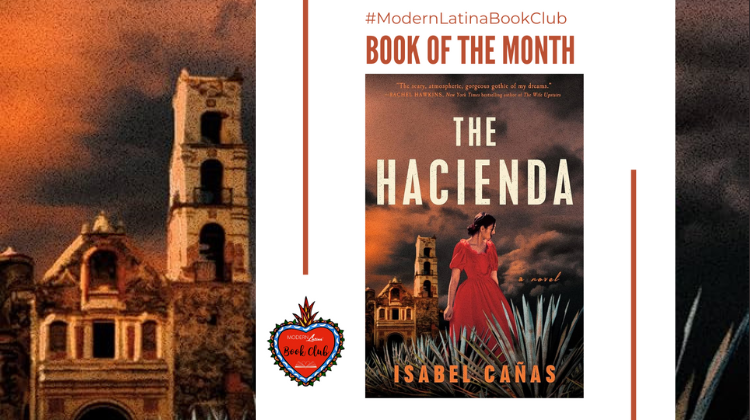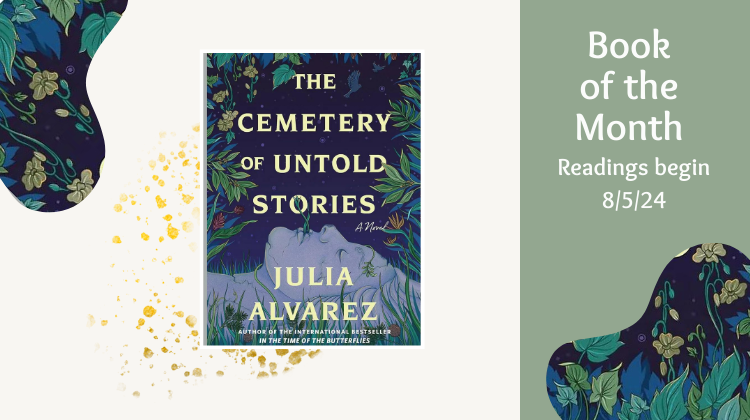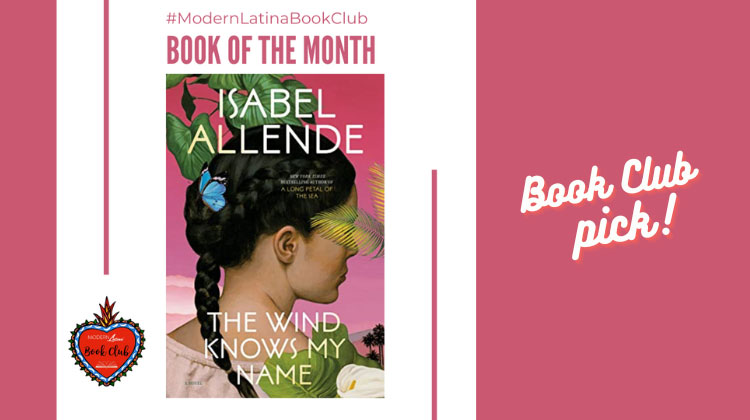by Socorro Castañeda-Liles, Ph.D.
The House on Mango Street by Sandra Cisneros is considered by many as one of the literary pillars of Chicanx Studies. This coming of age book centers on a young girl named Esperanza whose life unfolds in the crevasses of multiple worlds or to quote Chicana feminist philosopher Gloria Anzaldúa (1987), “the borderlands.” Growing up in Chicago, she realizes that her world is not an “either/or” place or a “black and white” reality, but it exists between the folds—that messy place which is often difficult to fully comprehend.
 One of the central themes in the book that opens the door to Esperanza’s world is migration. We tend associate migration with border crossing, but there is more to it. One can also think of migration as an ongoing process. Before moving to Mango Street, Esperanza’s family lived in various places. Each time, Esperanza hoped that the family’s next move would be to a house just like the ones she has seen on TV—a house with real walls, stairs, and a beautiful garden. As the story unfolds, Esperanza wonders why she cannot have a house like the ones in the movies.
One of the central themes in the book that opens the door to Esperanza’s world is migration. We tend associate migration with border crossing, but there is more to it. One can also think of migration as an ongoing process. Before moving to Mango Street, Esperanza’s family lived in various places. Each time, Esperanza hoped that the family’s next move would be to a house just like the ones she has seen on TV—a house with real walls, stairs, and a beautiful garden. As the story unfolds, Esperanza wonders why she cannot have a house like the ones in the movies.
The author’s descriptions are vivid as they juxtapose Esperanza’s life in the present with the life that she hopes to have if her family ever wins the lottery. She has many adventures in her new neighborhood and as she matures her desire for boys starts to develop. She begins to take more notice of the heterosexual relationships of some of the people on Mango Street. She sees a particular control pattern she does not like—the husbands of some of the recently-arrived immigrant women do not allow their wives to go outside their apartments without their permission. She likes boys, but this is not the life that Esperanza wants for herself. Her life is suddenly truncated when she is gang raped by a group of boys from the neighborhood, and all she can think of is how to escape life on Mango Street. The author does not say whether Esperanza reported the assault or not, leaving readers to draw their conclusions. Sexual assault against women often goes unreported, leaving victims highly vulnerable to depression and a sense of shame. Is this what Esperanza felt? If so, how did she escape those feelings?
Identity politics is another dominant theme. Esperanza wants a different name—one that others could pronounce. How many times have we consciously or unconsciously Anglicized our names to fit in? By Anglicizing our names are we not succumbing to a culture that attempts to erase our identity? These are difficult questions, but important ones to reflect upon particularly at this time of political turmoil when many in this country question our humanity. How many times have we been made to feel ashamed of our race, class, gender, and sexual orientation? Esperanza’s coming-of-age story reminds me of what Mexican American Catholic theologian, Virgilio Elizondo, has to say about the conquest of the Americas. According to Elizondo,
The most injurious crime of the conquest of Latin America, and there were many horrible things about it, was that the white European conquistadores imposed a deep sense of shame of being an Indio, mestizo, mulatto…. Many today still experience shame regarding their skin color, their way of life, their way of being, their way of dress, their way of speaking, and their ways of worship. Such rejection brands the soul, in a way worse and more permanent than a branding of the master’s mark with a hot iron on the face (Elizondo 2007, 164).
How does Esperanza experience this imposed sense of shame? How does she confront it? In what ways have we experienced it ourselves? And how have we used our creative agency to transcend it? Is Mango Street a liberating or stifling space for Esperanza? As we enter Esperanza’s world, House of Mango Street invites us to remember the places where we lived as children and in doing so, reflect upon our own histories and the difficult questions that emerge.
Socorro Castañeda-Liles, Ph.D. is the author of Our Lady of Everyday Life: La Virgen de Guadalupe and the Catholic Imagination of Mexican Women in America to be published Spring 2018 by Oxford University Press. Castañeda-Liles is Assistant Professor of Religious Studies at Santa Clara University. Her research, writing, and teaching interests include Chicanx and Latinx Studies, Sociology of Religion, Lived Religion, Critical Ethnography, Community Studies, Qualitative Methods, and the interlocking of Race, Class, Gender, Religion, & Sexuality.




